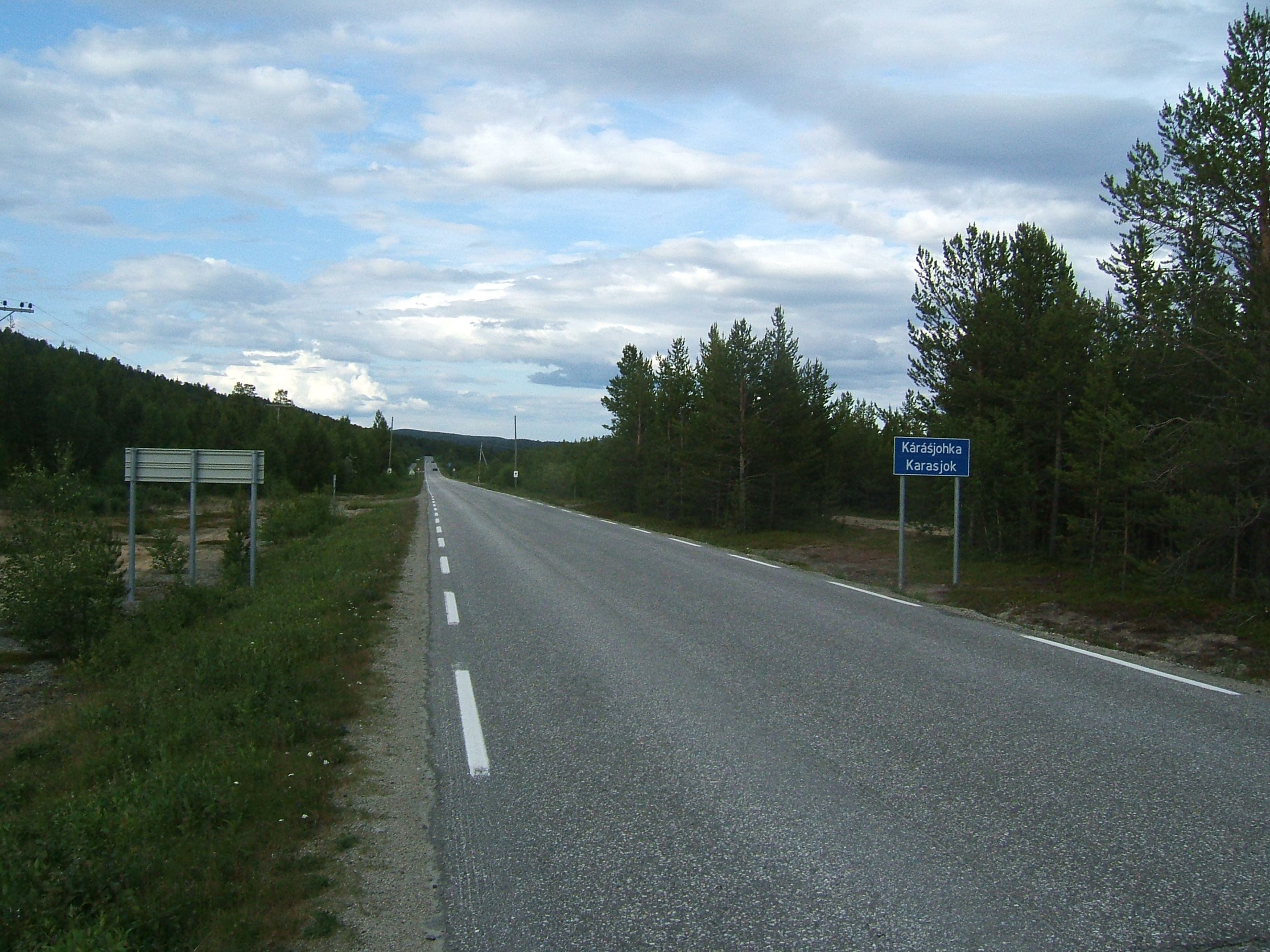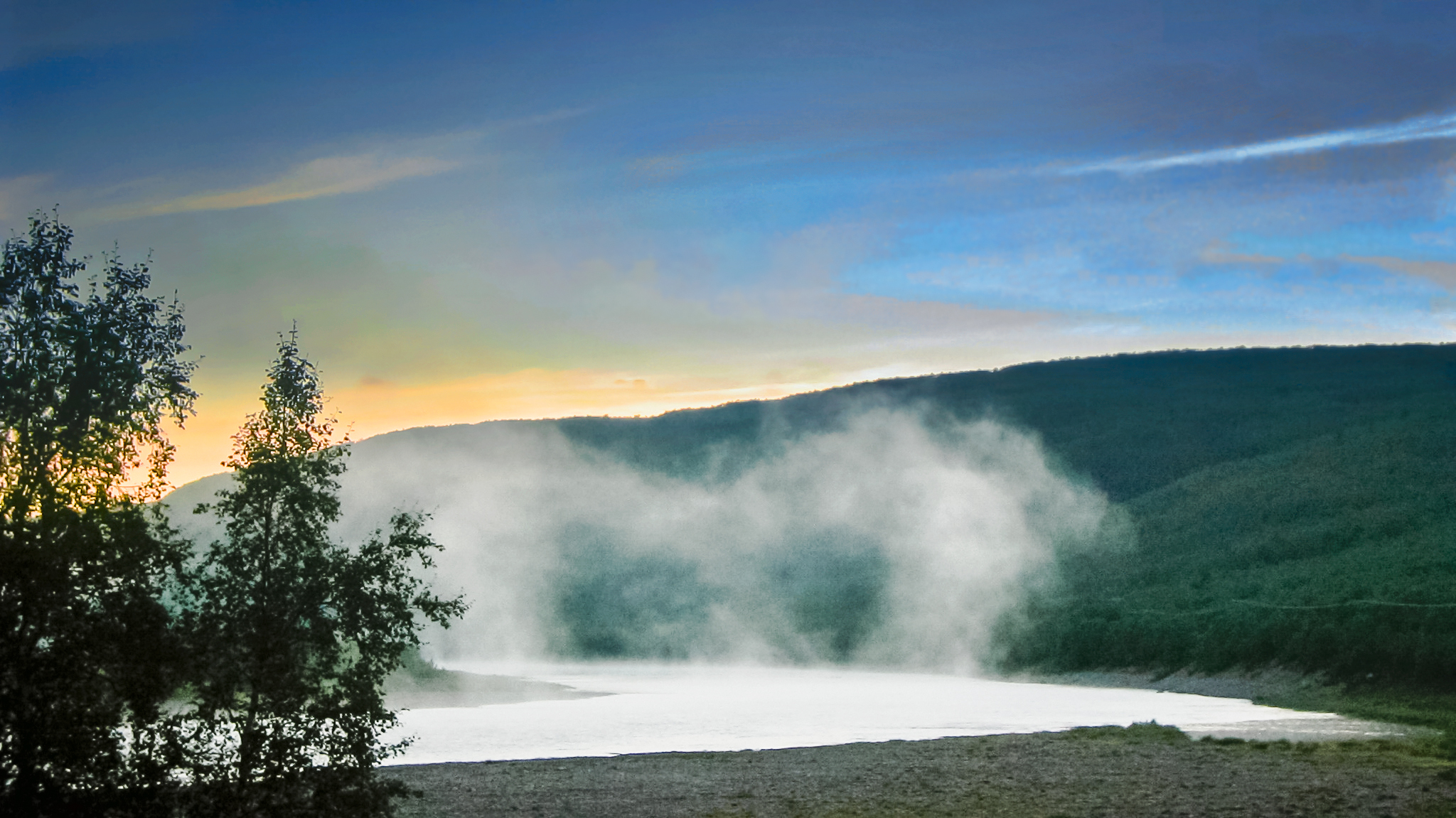|
V√°ljohka
Váljohka is a village in Karasjok Municipality in Troms og Finnmark county, Norway. The village is located at the confluence of the rivers ''Váljohka'' and ''Tana''. The village lies right along the Norway-Finland border in the eastern part of the municipality. The European route E06 European route E6 ( no, Europavei 6, sv, Europaväg 6, or simply E6) is the main north-south thoroughfare through Norway as well as the west coast of Sweden. It is long and runs from the southern tip of Sweden at Trelleborg, into Norway and thr ... highway runs through the village. Valjok Church is located in a forested area near the center of the village. References Villages in Finnmark Karasjok Populated places of Arctic Norway {{Finnmark-geo-stub ... [...More Info...] [...Related Items...] OR: [Wikipedia] [Google] [Baidu] |
Karasjok Municipality
( se, K√°r√°Ň°johka ; fkv, Kaarasjoki) is a municipality in Troms og Finnmark county, Norway. The administrative centre of the municipality is the village of Karasjok. Other villages include Dorvonj√°rga, ҆uoŇ°Ň°j√°vri, and V√°ljohka. The municipality is the second largest by area out of the 356 municipalities in Norway. Karasjok is the 247th most populous municipality in Norway with a population of 2,584. The municipality's population density is and its population has decreased by 6.6% over the previous 10-year period. Wildlife: 16 bears are in the municipality (as of Q4 2022). General information The municipality of Karasjok was established on 1 January 1866 when it was separated from the old Kistrand municipality. Initially, the population of Karasjok was 515. The municipal borders have not changed since that time. On 1 January 2020, the municipality became part of the newly formed Troms og Finnmark county. Previously, it had been part of the old Finnmark county. ... [...More Info...] [...Related Items...] OR: [Wikipedia] [Google] [Baidu] |
Karasjok
( se, K√°r√°Ň°johka ; fkv, Kaarasjoki) is a municipality in Troms og Finnmark county, Norway. The administrative centre of the municipality is the village of Karasjok. Other villages include Dorvonj√°rga, ҆uoŇ°Ň°j√°vri, and V√°ljohka. The municipality is the second largest by area out of the 356 municipalities in Norway. Karasjok is the 247th most populous municipality in Norway with a population of 2,584. The municipality's population density is and its population has decreased by 6.6% over the previous 10-year period. Wildlife: 16 bears are in the municipality (as of Q4 2022). General information The municipality of Karasjok was established on 1 January 1866 when it was separated from the old Kistrand municipality. Initially, the population of Karasjok was 515. The municipal borders have not changed since that time. On 1 January 2020, the municipality became part of the newly formed Troms og Finnmark county. Previously, it had been part of the old Finnmark county. Na ... [...More Info...] [...Related Items...] OR: [Wikipedia] [Google] [Baidu] |
Valjok Church
Valjok Church ( no, Valjok kirke) is a parish church of the Church of Norway in Karasjok Municipality in Troms og Finnmark county, Norway. It is located in the village of Váljohka. It is an annex chapel for the Karasjok parish which is part of the Indre Finnmark prosti (deanery) in the Diocese of Nord-Hålogaland. The small, red, wooden church was built in a long church style in 1932 by the architect Harald Sund. The church was built to serve the inhabitants in the northeastern part of the municipality, along the Tana River. The church seats about 60 people. The interior colouring is remarkable, with strong red and blue detail set against golden, unpainted woodwork. These are interpreted as the traditional colours of the gákti (the traditional Sami costume) and they are a standard feature of Sami décor. See also *List of churches in Nord-Hålogaland This list of churches in Nord-Hålogaland is a list of the Church of Norway churches in the Diocese of Nord-Hålogaland which ... [...More Info...] [...Related Items...] OR: [Wikipedia] [Google] [Baidu] |
Central European Summer Time
Central European Summer Time (CEST), sometimes referred to as Central European Daylight Time (CEDT), is the standard clock time observed during the period of summer daylight-saving in those European countries which observe Central European Time (CET; UTC+01:00) during the other part of the year. It corresponds to UTC+02:00, which makes it the same as Eastern European Time, Central Africa Time, South African Standard Time, Egypt Standard Time and Kaliningrad Time in Russia. Names Other names which have been applied to Central European Summer Time are Middle European Summer Time (MEST), Central European Daylight Saving Time (CEDT), and Bravo Time (after the second letter of the NATO phonetic alphabet). Period of observation Since 1996, European Summer Time has been observed between 01:00 UTC (02:00 CET and 03:00 CEST) on the last Sunday of March, and 01:00 UTC on the last Sunday of October; previously the rules were not uniform across the European Union. There were proposals ... [...More Info...] [...Related Items...] OR: [Wikipedia] [Google] [Baidu] |
Villages In Finnmark
A village is a clustered human settlement or community, larger than a hamlet but smaller than a town (although the word is often used to describe both hamlets and smaller towns), with a population typically ranging from a few hundred to a few thousand. Though villages are often located in rural areas, the term urban village is also applied to certain urban neighborhoods. Villages are normally permanent, with fixed dwellings; however, transient villages can occur. Further, the dwellings of a village are fairly close to one another, not scattered broadly over the landscape, as a dispersed settlement. In the past, villages were a usual form of community for societies that practice subsistence agriculture, and also for some non-agricultural societies. In Great Britain, a hamlet earned the right to be called a village when it built a church. [...More Info...] [...Related Items...] OR: [Wikipedia] [Google] [Baidu] |
European Route E06
European route E6 ( no, Europavei 6, sv, Europav√§g 6, or simply E6) is the main north-south thoroughfare through Norway as well as the west coast of Sweden. It is long and runs from the southern tip of Sweden at Trelleborg, into Norway and through almost all of the country north to the Arctic Circle and Nordkapp. The route ends in Kirkenes close to the Russian border. Route From south to north, E6 runs through Trelleborg, Malm√∂, Helsingborg, Halmstad, Gothenburg, Svinesund in Sweden, before crossing the border at the Svinesund Bridge into Norway. It then passes Halden, Sarpsborg, Moss to the capital Oslo. North of this, it passes by Gardermoen, Hamar, Lillehammer, Domb√•s, Oppdal, Melhus to Trondheim. Beyond Trondheim, the E6 meets Stj√łrdal, Verdal, Steinkjer, Grong, Mosj√łen, Mo i Rana, Saltdal, Fauske and Hamar√ły towards Bognes, where there is a ferry crossing over the Tysfjorden to Skarberget. It then runs through on via Narvik, Setermoen, Nordkjosbotn, Skibotn a ... [...More Info...] [...Related Items...] OR: [Wikipedia] [Google] [Baidu] |
Tana River (Norway)
The Tana ( fi, Teno or ; sme, Deatnu ; no, Tana/Tanaelva; sv, Tana √§lv) is a long river in the S√°pmi area of northern Fennoscandia. The river flows through Troms og Finnmark county, Norway and the Lapland region of Finland. The S√°mi name means "Great River". The main tributaries of Tana are Anarjohka and Karasjohka. Geography In its upper course it runs for along the Finnish‚ÄďNorwegian border, between the municipalities of Utsjoki, Finland and Karasjok and Tana, Norway. The river is the fifth longest in Norway. The last of the river run through the municipality of Tana in Norway. The river discharges into the Tanafjorden, one of the largest and most unspoiled river deltas in Europe. The delta is protected and is an important home to wetland birds. There are large deposits of sand in the delta that are exposed sandbars at low tide. Fishing In 2022, authorities in Norway and in Finland will not permit salmon fishing (in the river).https://www.nrk.no/vestland/no-startar ... [...More Info...] [...Related Items...] OR: [Wikipedia] [Google] [Baidu] |
Confluence
In geography, a confluence (also: ''conflux'') occurs where two or more flowing bodies of water join to form a single channel. A confluence can occur in several configurations: at the point where a tributary joins a larger river (main stem); or where two streams meet to become the source of a river of a new name (such as the confluence of the Monongahela and Allegheny rivers at Pittsburgh, forming the Ohio); or where two separated channels of a river (forming a river island) rejoin at the downstream end. Scientific study of confluences Confluences are studied in a variety of sciences. Hydrology studies the characteristic flow patterns of confluences and how they give rise to patterns of erosion, bars, and scour pools. The water flows and their consequences are often studied with mathematical models. Confluences are relevant to the distribution of living organisms (i.e., ecology) as well; "the general pattern ownstream of confluencesof increasing stream flow and decreasing s ... [...More Info...] [...Related Items...] OR: [Wikipedia] [Google] [Baidu] |
Norway
Norway, officially the Kingdom of Norway, is a Nordic country in Northern Europe, the mainland territory of which comprises the western and northernmost portion of the Scandinavian Peninsula. The remote Arctic island of Jan Mayen and the archipelago of Svalbard also form part of Norway. Bouvet Island, located in the Subantarctic, is a dependency of Norway; it also lays claims to the Antarctic territories of Peter I Island and Queen Maud Land. The capital and largest city in Norway is Oslo. Norway has a total area of and had a population of 5,425,270 in January 2022. The country shares a long eastern border with Sweden at a length of . It is bordered by Finland and Russia to the northeast and the Skagerrak strait to the south, on the other side of which are Denmark and the United Kingdom. Norway has an extensive coastline, facing the North Atlantic Ocean and the Barents Sea. The maritime influence dominates Norway's climate, with mild lowland temperatures on the se ... [...More Info...] [...Related Items...] OR: [Wikipedia] [Google] [Baidu] |
List Of Regions Of Norway
Norway is commonly divided into five major geographical regions (''landsdeler''). These regions are purely geographical, and have no administrative purpose. However, in 2017 the government decided to abolish the current counties of Norway (''fylker'') and to replace them with fewer, larger administrative regions (''regioner''). The first of these new areas came into existence on 1 January 2018, when Nord-Tr√łndelag and S√łr-Tr√łndelag merged to form Tr√łndelag. According to most definitions, the counties of Norway are divided into the following regions (these groupings are approximate): * Northern Norway (''Nord-Norge''/''Nord-Noreg'') **Troms og Finnmark ** Nordland *Tr√łndelag (alt. ''Midt-Norge''/''Midt-Noreg'') **Tr√łndelag *Western Norway (''Vestlandet'') ** M√łre og Romsdal **Vestland ** Rogaland *Southern Norway (''S√łrlandet'' or ''Agder'') **Agder *Eastern Norway (''√ėstlandet''/''Austlandet'') **Vestfold og Telemark **Viken **Innlandet **Oslo The division into region ... [...More Info...] [...Related Items...] OR: [Wikipedia] [Google] [Baidu] |
List Of Municipalities Of Norway
Norway is divided into 11 administrative regions, called counties (''fylker'' in Norwegian, singular: ''fylke''), and 356 municipalities (''kommuner/-ar'', singular: ''kommune'' ‚Äď cf. communes). The capital city Oslo is considered both a county and a municipality. Municipalities are the atomic unit of local government in Norway and are responsible for primary education (until 10th grade), outpatient health services, senior citizen services, unemployment and other social services, zoning, economic development, and municipal roads. Law enforcement and church services are provided at a national level in Norway. Municipalities are undergoing continuous consolidation. In 1930, there were 747 municipalities in Norway. As of 2020 there are 356 municipalities, a reduction from 422. See the list of former municipalities of Norway for further detail about municipal mergers. The consolidation effort is complicated by a number of factors. Since block grants are made by the national ... [...More Info...] [...Related Items...] OR: [Wikipedia] [Google] [Baidu] |




